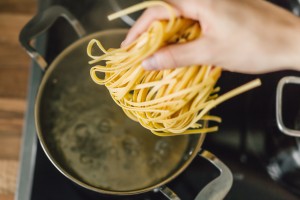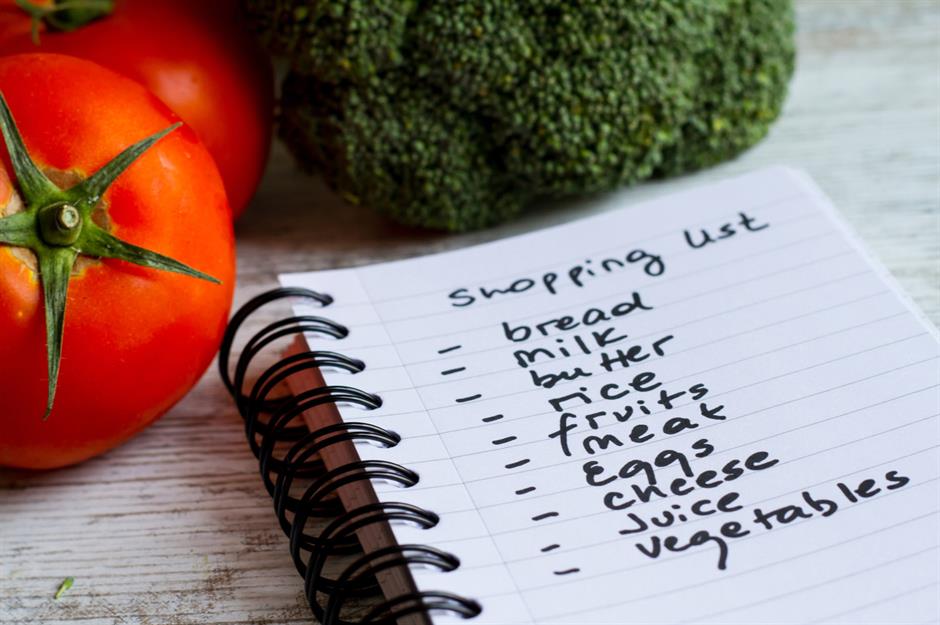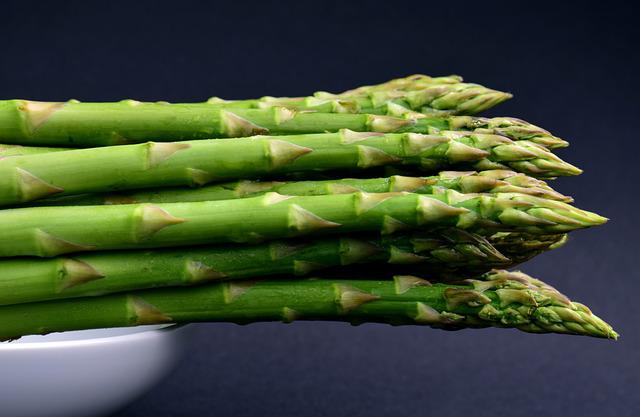
In my last article I talked about the importance of cooking skills 101 and how Chef de Cuisine Joey Delago explains each task along with its associated skill. I also discussed the various tasks-based categories and their application, including activating yeast or making stocks. These skills are essential for every cook. A list can help you choose which ones to learn and which to ignore. This article will discuss some skills that you need to master before moving on to the next stage of your culinary journey.
Chef de Cuisine Joey DeLago's cooking skills 101 class
Chef de Cuisine Joey DeLago's 101 cooking skills class will teach you how to cook like a pro. This class will teach you the basics of cooking multi-course meals in a short time. Joey will give tips on timing, preparation, presentation, and planning. You'll also be able share your completed meal with other home chef!
Skills in cooking that are task-specific
The Food Agency defines cooking skills as a set of knowledge, skills, and practices that facilitate a nutritious diet. This framework acknowledges that many barriers to a healthy diet lie in the environment, but it focuses on promoting food skills by identifying appropriate measures. These measures should be easy-to-understand, can relate to other domains, be applicable across many sociodemographic levels. These four categories were created to address the most pressing issues in food skills.

Activating yeast
If you are using yeast in your cooking, it is important to learn how to activate it. To activate your yeast, you can heat tap water and run hot water through it. In some cases, you may also need to add sugar or water to the yeast. Here are some tips that will help activate your yeast. Once your yeast is bubbly, it's ready to be used. Cooking is the key to baking success.
Stockpiling
A stock can enhance the flavor of your meals and give depth to your dish. Stocks made at home can include the flavors of meat, vegetables, and fish. They can also be Western or Asian in origin. It is possible to make your stock from bottled water. However, it may be more convenient to buy filtered water at the supermarket. There are many different types of stock recipes available, and it is important to follow a few basic guidelines to ensure that your stock is as flavourful as possible.
Whipping cream
Whipped cream is a delicious way to top a cake or dessert. It is very easy to make. However, there are some important points to keep in your mind when making this classic dessert. While it looks like slightly melted ice cream, it's not. Instead of a loose consistency, whip cream should have a fluffy, slightly curled peak that sticks with the whisk and doesn’t dissolve immediately. Soft peaks can also be made by beating the cream using a spoon until the cream holds its shape.

Melting chocolate
If you want to create delicious desserts, then learning how to melt chocolate should be on your list. This is a complicated task. Here are some tips to help make the process easier. First, you must know the correct technique. There are two options for melting chocolate: the double boiler method or the microwave method. Double boiler means a heatproof pot or pan that has a glass, stainless steel or ceramic bottom. It is placed over a saucepan of simmering boiling water. This method should be used slowly, and you should avoid allowing the water to splash into the bowl.
FAQ
Do I have to go to culinary school in order to be a professional chef?
No. Many chefs learned their craft on their own. Some even went on to culinary school to gain work experience. However, most chefs prefer to attend culinary school because it gives them more opportunities to learn and grow professionally. Culinary schools provide hands-on training that helps students develop valuable skills and enhance their culinary knowledge.
What are the basic skills of cooking?
Basic cooking skills include the ability to read recipes and measure ingredients. These skills are essential if you wish to cook well for yourself. You can also save money by cooking at home.
How do you learn to cook the best?
Cooking is something that everyone should be able to do. You will miss out on great meals if you don't learn how to cook. First, find a recipe that appeals to you and then follow it closely. Next, you'll want to practice making small changes to the recipe until you feel comfortable making the dish yourself. The last step is to cook for others. This will help you improve at cooking and also allow you to test your skills.
What's the difference between a professional chef and an amateur cook?
A chef cooks for others. A cook prepares food for his or her own consumption. A chef, on the other hand, works directly with customers. This means they may have to decide what to serve guests based on their preferences. Cooks don't interact with customers. Instead, a cook makes sure the food tastes good before delivering it to customers.
Statistics
- In the United States, the category is estimated at $23.2 billion annually and is growing faster than the market. (washingtonpost.com)
- According to the BLS, chefs earn $58,740 a year. (learnhowtobecome.org)
- The median pay for a chef or head cook is $53,380 per year or $25.66/hour, according to the U.S. Bureau of Labor Statistics (BLS). (learnhowtobecome.org)
External Links
How To
How to cook a steak
The thickness of the meat determines the best cooking method. Thicker steaks can be cooked on a low heat. Thicker steaks need to be cooked at higher temperatures.
They will lose their flavor if they are overcooked. Make sure to remove the steaks from the pan after it is done. This will help you avoid burning your skin.
Cooking times depend on the size of the steak and the desired degree of doneness. These are some guidelines:
Medium Rare: Cook until medium-rare, which is when the internal temperature reaches at least 145degF (63degC). This should take between 3 and 5 min per side.
Medium: Cook the meat until it reaches 160°F (71°C). This normally takes around 6 minutes per side.
Cook well until done. That means that the internal temp reaches 180degF (82degC). This can take between 8-12 minutes per side.